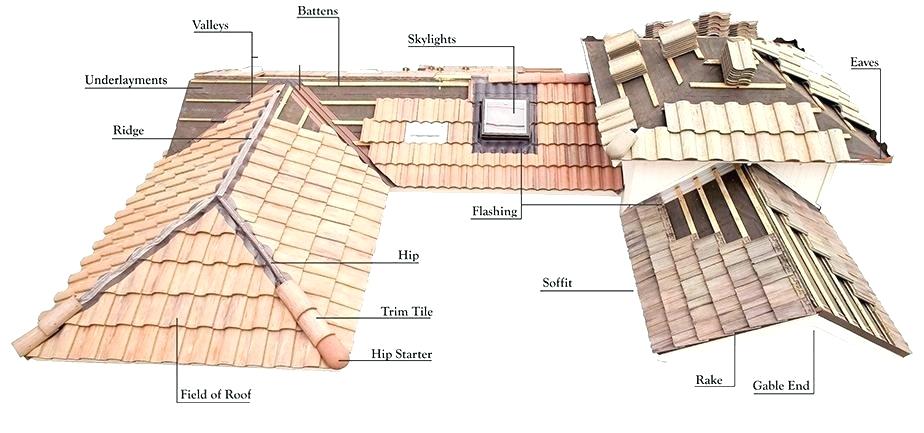If you’re considering installing a metal roof or have already made the decision, understanding the terminology associated with metal roofing is essential. This guide aims to demystify metal roofing terminology and provide homeowners with a comprehensive understanding of the key terms involved.

Metal Roofing: An Overview
Before diving into the terminology, let’s start with a brief overview of metal roofing. Metal roofing is a durable and long-lasting roofing option that is gaining popularity due to its numerous benefits. It is made of metal panels or shingles that are specifically designed to withstand various weather conditions, including strong winds, heavy rain, and even hailstorms. Metal roofs offer excellent longevity, energy efficiency, and fire resistance, making them a reliable choice for homeowners.
Key Metal Roofing Terminology
To help you navigate the world of metal roofing, here are some essential terms you should be familiar with:
- Metal Panels: Metal panels are the primary components of a metal roof. These are large sheets of metal that are installed horizontally or vertically on the roof structure. Metal panels come in various materials such as steel, aluminum, or copper, each offering different levels of durability, weight, and aesthetics.
- Standing Seam: Standing seam refers to a popular metal roofing installation method. It involves connecting adjacent metal panels vertically along raised seams, which creates a watertight and durable roofing system. Standing seam roofs are known for their sleek appearance and enhanced weather resistance.
- Gauge: The gauge of a metal panel refers to its thickness. It is typically measured in numbers, with a lower number indicating a thicker panel. A lower gauge panel is generally more robust and less prone to denting.
- Corrosion Resistance: Corrosion resistance is a crucial property of metal roofing. It refers to the ability of the metal panels to withstand rust and deterioration caused by exposure to moisture and other environmental elements. Choosing corrosion-resistant materials like galvanized steel or aluminum ensures the longevity of your metal roof.
Additional Metal Roofing Terminology
Let’s continue exploring more metal roofing terminology:
- Underlayment: The underlayment is a layer of material that is installed beneath the metal panels. It provides an additional barrier against moisture, enhances insulation, and improves the overall weatherproofing of the roof.
- Flashing: Flashing refers to the metal strips or sheets used to protect the roof’s vulnerable areas, such as valleys, chimneys, and vents. Flashing helps redirect water away from these critical areas, preventing leaks and water damage.
- Uplift Resistance: Uplift resistance measures a metal roof’s ability to withstand the upward force exerted by strong winds. Metal roofs with excellent uplift resistance are less likely to experience damage or be lifted off during hurricanes or severe storms.
Conclusion
By familiarizing yourself with these essential metal roofing terminologies, you can have more meaningful conversations with roofing professionals, make informed decisions when selecting materials, and better understand the installation process. Whether you are considering a metal roof for your home or simply interested in learning more, this guide equips you with the knowledge necessary to navigate the world of metal roofing terminology confidently.



Leave a Reply